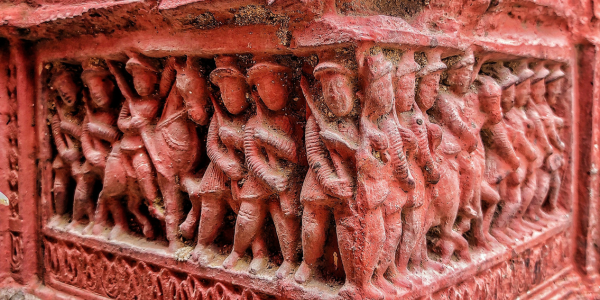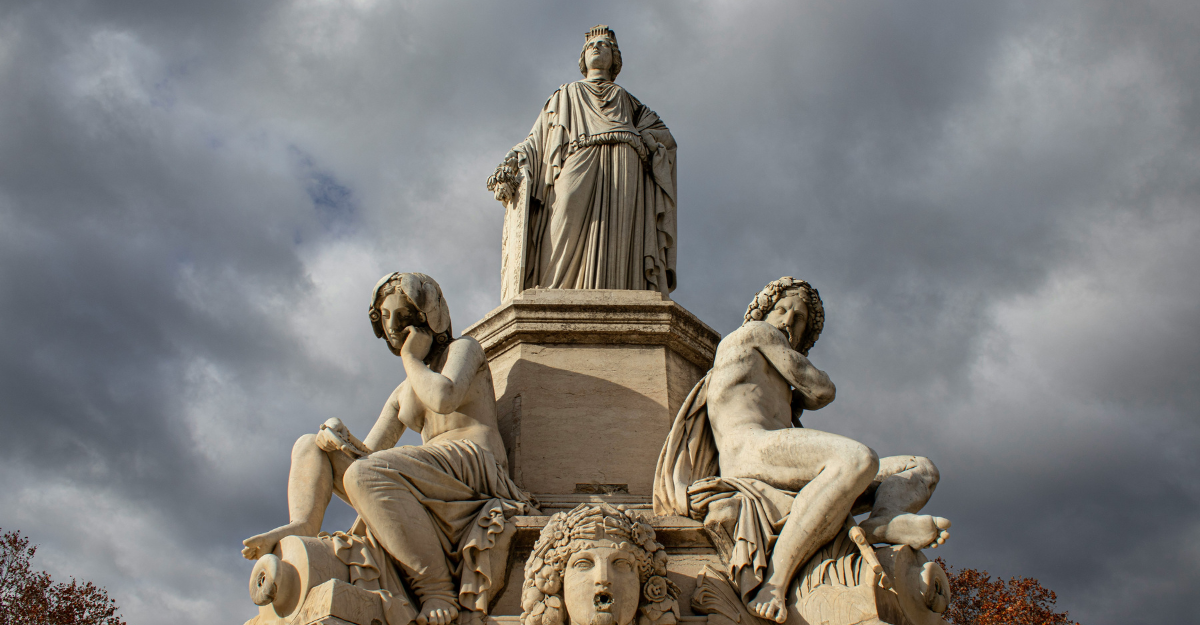Art has always held a mirror to society, reflecting beliefs, values, and stories from ages long past. Ancient Artz serve as captivating windows into the lives of our ancestors. They whisper tales of cultures that flourished thousands of years ago—telling us not just what they created but also who they were. From intricate cave paintings illuminating prehistoric life to exquisite pottery showcasing craftsmanship, these relics are far more than mere artifacts; they are the threads weaving together humanity’s shared history.
As we delve deeper into the world of Ancient Artz, prepare to uncover layers of meaning and significance hidden within every brushstroke and chisel mark. Join me on this fascinating journey through time—a journey where art becomes a language that transcends centuries and connects us with those who walked the earth before us.
The Purpose of Ancient Artz
Ancient Artz served various purposes that go beyond mere decoration. They were crucial in storytelling, often depicting myths and historical events. These artworks brought tales to life, allowing communities to connect with their heritage.
Additionally, they played a significant role in religious practices. Many cultures used art as a medium for worship or to honor deities. Temples adorned with intricate carvings showcased the artist’s devotion and community beliefs.
Moreover, Ancient Artz documented everyday life. Pottery revealed insights into daily routines and social structures, while sculptures captured the essence of human emotion and physicality.
Art also acted as a form of communication across generations. Through symbols and imagery, ancient artists conveyed messages about their world—its triumphs, struggles, and aspirations—and left behind legacies for future civilizations to explore.
Types of Ancient Artz (Cave paintings, pottery, sculptures)

Ancient Artz come in various forms, each offering a glimpse into the lives of early humans. Cave paintings are perhaps the most famous examples. Found deep within dark caverns, these vivid depictions often showcase animals and hunting scenes. They reveal not just artistic talent but also cultural rituals and beliefs.
Pottery represents another fascinating type of Ancient Artz. Crafted from clay and often adorned with intricate designs, pottery items served practical purposes while reflecting societal values. The styles varied significantly across regions, showcasing unique techniques that tell stories of trade and daily life.
Sculptures add depth to our understanding of ancient civilizations. Carved from stone or molded from clay, these three-dimensional works express religious beliefs and social hierarchies. Statues like those found in Egypt or Greece highlight the reverence for gods and leaders alike.
Each form of art serves as a time capsule, preserving echoes of human experience through millennia.
What Ancient Artz Reveal About Different Cultures (Egyptian, Greek, Mayan)
Ancient Artz provide a fascinating glimpse into the lives of past civilizations. Each culture expressed its identity, beliefs, and values through distinct artistic styles.
Egyptian art is characterized by its symbolism and adherence to tradition. Hieroglyphics and elaborate tomb paintings reveal their deep reverence for the afterlife. The meticulous details showcase not just artistry but also spiritual significance.
Greek art emphasizes humanism, proportion, and beauty. Sculptures like those from the Parthenon celebrate athleticism and divine narratives. They illustrate how the Greeks viewed humanity’s role in the cosmos.
Mayan Artz are rich with intricate carvings on stone monuments that narrate stories of gods, kings, and rituals. Their vibrant pottery often features vivid scenes depicting daily life intertwined with mythology.
Each cultural piece tells a story that transcends time—a connection to what once was continues to captivate our imagination today.
Understanding Symbolism in Ancient Artz
Symbolism in Ancient Artz serves as a window into the beliefs and values of past civilizations. Each stroke, color, and figure was intentional, crafted to convey deeper meanings.
For example, Egyptian art often features hieroglyphics that signify power or divine connection. The Ankh symbol is not just decorative; it represents eternal life.
Similarly, Greek pottery showcases motifs like gods and heroes. These images tell stories of mythology while reflecting societal ideals such as bravery and honor.
Mayan carvings frequently depict nature’s elements—like jaguars and serpents—highlighting their reverence for the natural world. Such symbols reveal how intertwined they were with their environment.
Understanding these symbols enriches our comprehension of ancient cultures. It unveils a narrative layered beneath the surface—a timeless dialogue between art and humanity’s quest for meaning.
Preservation of Ancient Artz and Its Importance

Preserving ancient artz is crucial for understanding our shared history. These artifacts serve as windows into the lives of those who came before us. Each piece holds stories that inform us about cultural practices, beliefs, and social structures.
The deterioration of ancient artz can lead to irreversible loss. Environmental factors like humidity and pollution pose significant threats. Thus, conservation efforts are vital in safeguarding these treasures for future generations.
Moreover, preservation allows contemporary society to appreciate diversity in artistic expression. It fosters a connection between past and present cultures, enriching our collective identity.
Educational programs play an essential role in raising awareness about the significance of preserving ancient artz. By engaging communities and fostering appreciation, we can ensure that these remarkable creations continue to inspire curiosity and admiration across ages.
Conclusion: The Significance of Studying and Appreciating Ancient Artz
Studying and appreciating ancient artz opens a window into the lives of our ancestors. Each piece tells a story, revealing insights about their beliefs, values, and everyday experiences. These artifacts bridge the gap between past and present.
By examining ancient artz, we gain a deeper understanding of cultural identities. They help us recognize shared human emotions and struggles across different eras. This connection fosters empathy and reminds us that despite geographical distances or time gaps, we are all part of this vast tapestry of humanity.
Preservation efforts for ancient artz ensure these stories endure for future generations to explore. By valuing these creations today, we honor those who came before us while enriching our own lives with knowledge from the past.
Embracing the significance of ancient artz allows us to appreciate not just artistic expressions but also the rich history they encapsulate. Understanding this heritage enriches both individual identity and collective memory in an ever-evolving world where culture continues to thrive.





